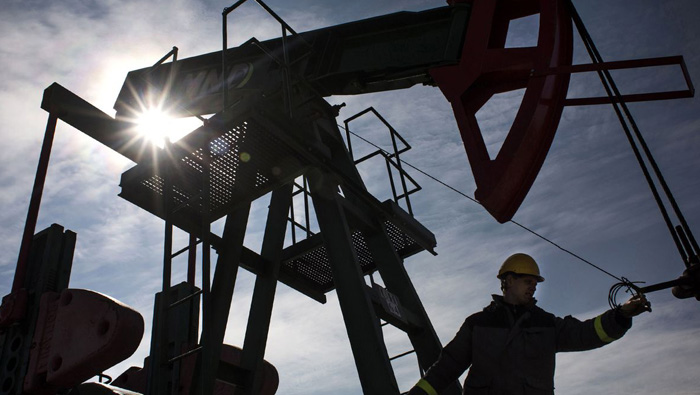
Paris: Crude prices of $60 a barrel would probably trigger a strong increase in North American oil production while trimming global demand growth, the head of the International Energy Agency (IEA) said.
Brent crude reached a one-year high of $53.73 a barrel in London on Monday after Saudi Arabia and Russia, the world’s two largest crude producers, pledged a joint effort to limit output to counter a global glut and prop up prices.
“We may well see, in a short period of time, strong production growth coming from North America and elsewhere,” IEA executive director Fatih Birol said on Tuesday in a Bloomberg TV interview. “Prices around $60 would be sufficient.”
Many oil producers are facing “serious challenges” to their economies due to lower prices, Birol said. Benchmark Brent crude slid from more than $115 a barrel in June 2014 to less than $28 in January this year. Prices tumbled after the Organisation of Petroleum Exporting Countries (Opec) adopted a policy of pumping without limits to try to squeeze higher-cost producers, including U.S. shale drillers, from the market.
Prices should be determined by supply and demand rather than by any intervention in the market, Birol said.
Opec deal
Oil supply and demand could come back into balance earlier than expected next year if Opec’s agreement to curb output is implemented, the International Energy Agency said.
“Our supply-demand outlook suggests that the market — if left to its own devices — may remain in oversupply through the first half of next year,” the IEA said Tuesday. “If Opec sticks to its new target, the market’s rebalancing could come faster,” according to the agency, which last month said the surplus would persist into late 2017.
By agreeing to curb output for the first time in eight years, the Opec has “effectively abandoned” the free market policy adopted in 2014, the Paris-based adviser on energy policy said in its monthly report. The group has buckled under the pressure of “massive oil inventory overhang” and the Algiers deal last month marks a return to more traditional market management, it said.
Opec members agreed last month to limit their overall production to a range of 32.5 to 33 million barrels a day. While details remain unresolved over how to share the burden of the cuts and whether other producers will cooperate, oil prices in London have rallied about 15 per cent to a one-year high since the deal was announced. Russia is ready to join the effort to limit production, President Vladimir Putin said on Monday.
Critical details
“Now the real work starts,” the IEA said, adding that “critical details” such as country quotas and implementation need to be worked out by Opec’s November 30 meeting in Vienna.
Opec pumped a record 33.64 million barrels of crude a day in September, the agency said. Returning volumes from Libya, Nigeria and Iran — which are set to be exempt from the Algiers deal — suggest that “bigger cuts” would have to be made by others, notably Saudi Arabia, to meet the agreed target.
Libya and Nigeria have seen their production severely curtailed by war and sabotage, while sanctions on Iran that restricted its oil industry were lifted in January, allowing Tehran to steadily increase its production since the start of the year. All three nations increased their production in September, the IEA said.
Until the November meeting, Opec crude production is set to remain around the current record highs, the agency said.
Demand growth continues to slow, dropping from a five-year high in the third quarter of last year to a four-year low in the third quarter of this year, the IEA said. There has been a “marked deceleration in China” where “demand growth has all but vanished” as industrial oil usage slowed down.